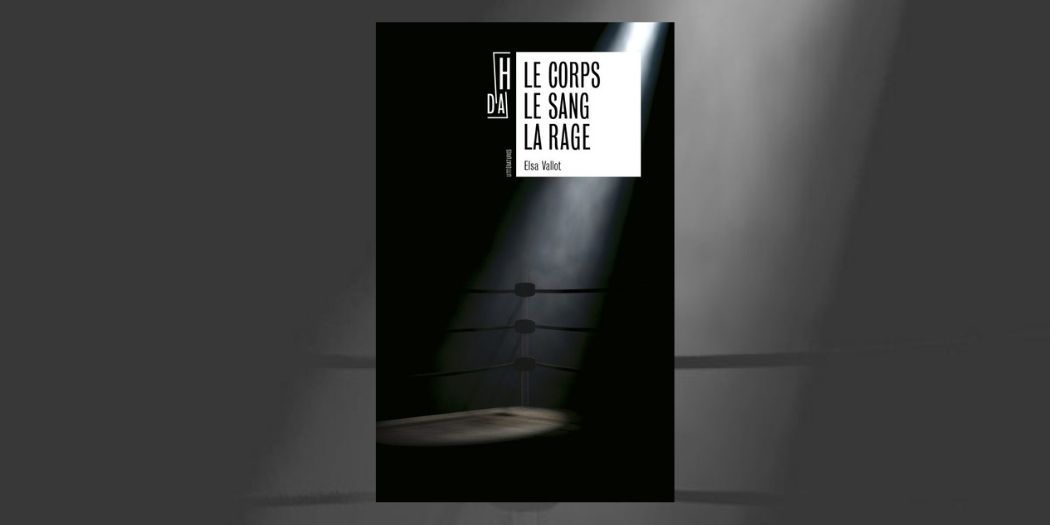–
The Body, The Blood, The Rage is Elsa Vallot’s first novel. A strong story, proposing the theme of police violence, between reflection, tolerance, justice and difference. Born in the Paris region in 1994, Elsa Vallot grew up between Reunion Island and the 18th arrondissement of Paris. PhD student in literature and critical theory at the University of Southern California (Los Angeles), she is passionate about rap, hip-hop music, Thai boxing, the history of popular struggles, feminisms and anti-racism. She lives and writes in Barbès, surrounded by her neighbors and friends. Criticism and opinion on the book.
This article is brought to you by a guest editor, columnist Gilles M.
–
Synopsis :
Written in the second person singular, this novel, composed of short chapters, is addressed to a person whose gender or skin color we do not know. We only know that she lives with her father in the Paris region and that like many young people from the lower classes, she is the target of police violence. She decides one day to walk through the doors of a boxing gym. She will find there a new relationship with her body and her environment with new confidence and anger.
The choice of the intimate
The skillful title of the novel, chopped like the style ofElsa Vallot, puts us on the track: it will first be a question of a body. A body that most often suffers during and after sessions of Muay-thaî, a rather violent type of boxing, or after blows ” Inside everything stings, everything burns, you do not feel up to it, with a thousand suns, you have plunged into the night ”.
We follow this body between the two rooms of the city shared with the body of the father and the boxing hall without further escape. A thinking body, however. During the journeys, in the ring, in the apartment, the reader does not leave his thoughts and often his rage.
The practice of boxing gives meaning to this body, gives it a purpose. The novel is therefore also the story of a liberation, of the exit from a pessimism approaching depression. Participation in a competition will be the last step towards salvation.
The choice of a narrator addressing the character of the novel accentuates the intimacy of the narrator-character in camera, all the more so since it is possible to suspect that the narrator is none other than the author of the novel. addressing to himself.
The reverse side of “BAC North”
We remember that the film BAC North, released in theaters this summer, follows 3 police officers in their violent incursions into cities in Marseille. In search of dealers, they are regularly intimidated, threatened, to the point of no longer considering entering the city in numbers with a quasi-military organization.
The Body, The Blood, The Rage develops the point of view of young people in the city and shows the police as a hidden threat, a daily reminder of their difficulty in fitting in and being free and happy.
The young police conflict culminates with the story, closer to the experience of the victim, spanning several chapters of a session of gratuitous violence with no other motivation than to punish taking pictures with a smartphone during an arrest.
A subtle writing
The style ofElsa Vallot is original. The periodic absence of articles, the modification of the place of words in the sentence compared to classical syntactic rules brings it closer to the rhythm of rap.
Each chapter ends with a quote, a phrase from other books whose authors are cited loose at the end of the book before a helpful glossary on Thai boxing terms. The quotation thus regularly opens an exit in camera and evokes the universality of the remarks.
It is easy to fall under the spell of this style and we close the educated book, moved from a rare and precious point of view.
Find out more:
Open to the outside world, Bulles de Culture welcomes the writings of outside editors.
–
– – –![]() –
–
Related posts:


